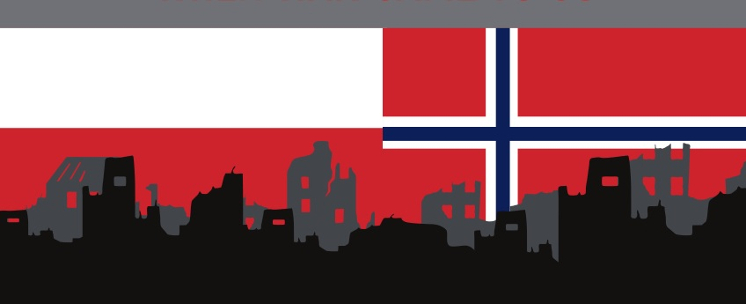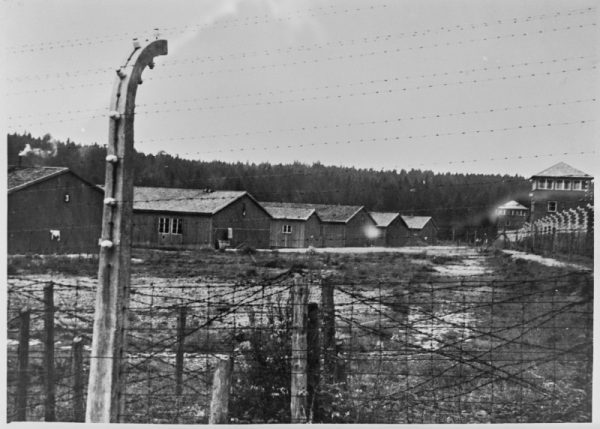Holocaust
At the start of the War, Norway had a Jewish population of about 2,100 people. The occupation immediately changed their situation. Nazi authorities began to control Jewish individuals, businesses, and communities. The Norwegian Nazi government held the view that Jews were harmful to society. Many Jews therefore fled to neutral Sweden.
On October 6th, 1942, the persecution entered a more systematic phase, beginning with the arrest of all male Jews in Trondheim over the age of 15 and subsequent deportation to Falstad prison camp. A few weeks later, the Jews in Eastern Norway underwent the same treatment. Most of the Jews who had not fled were arrested and sent to Auschwitz in 1942 and 1943. In total, 773 Jews were deported, with almost all being gassed upon arrival. Only 38 people survived the camps.
The impact on the Norwegian Jewish community was catastrophic, both as a cultural and religious community, and on an individual level. Everyone was personally affected by being subjected to injustice and suffering, and by losing family members and friends.
When the survivors returned to Norway after the war, they faced difficulties in re-establishing their lives. Many encountered problems with Norwegian authorities when trying to reclaim their property or to obtain rightful ownership of inheritance settlements after those who were murdered by the Nazis. It was not until many years after the war that the Jewish war experience would be included in the national narrative of the war.


